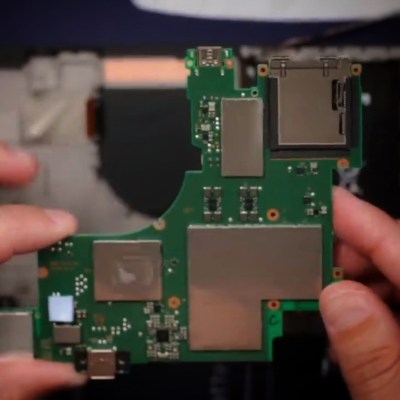In what could be a big step forward for consumer rights, the Texas Senate recently unanimously voted to pass HB 2963, which references the “Diagnosis, maintenance, and repair of certain digital electronic equipment”. If signed by the governor, this would make Texas the ninth US state to enact such a law, and the seventh pertaining to consumer electronics. Interestingly, this bill saw anti-parts pairing language added, which is something that got stripped from the Oregon bill.
Much like other Right to Repair bills, HB 2963 would require manufacturers to make spare parts, documentation and repair tools available to both consumers and independent repair shops. If signed, the act would take effect in September of 2026. Included in the bill are provisions to prevent overcharging for the provided parts and documentation.
As for how useful this is going to be for consumers, [Louis Rossmann] had a read of the bill and gave his typically eloquent thoughts. The tl;dw is that while there is a lot of stuff to like, this bill leaves open potentially massive loopholes (e.g. assemblies vs parts), while also carving out massive exemptions, which leaves owners of game consoles, boats, cars, tractors, home appliances, etc. stranded with no new options.
Continue reading “Texas’ Right To Repair Bill Is A Signature Away From Becoming Law”




















